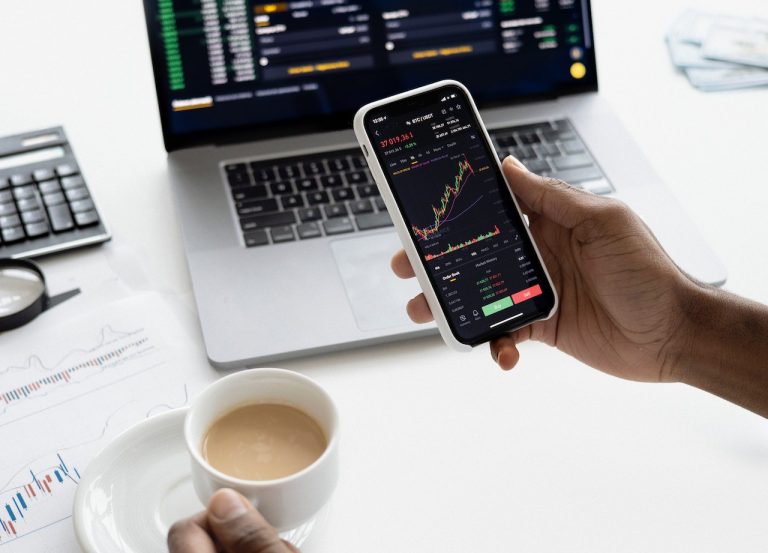If there’s one business news story that affects everyone, it’s inflation. Everyone is feeling it right now from grocery store to the gas pump. Inflation has been consistently in the news the past few months, but how exactly inflation is measured can be very confusing to the average reader.
As with all economic data, the trick for business journalists is to help readers and viewers put these abstract numbers into context. Here is a very brief overview of some of the inflation indexes you want to understand for your reporting and for yourself. You can read the full guide here.
CPI: Core vs. non-core
At its most basic, CPI measures how the total cost of a typical household’s shopping basket (food, gas, used cars, airfare, school tuition) changes over time. This is calculated every month based on a survey, which takes time to compile and is thus a lagging indicator.
Most journalists tend to focus on the non-core CPI-U figure from the same month a year earlier, because this includes energy and food prices which are the most susceptible to sudden and dramatic price changes. As such, the non-core year-on-year comparison tends to present a bigger, and more headline-worthy, change than other inflation measures.
The volatility in non-core CPI also makes it less useful as an indicator of longer-term trends; when determining how to respond to inflation, economic-policy makers focus on core CPI data – which excludes energy and food.
What is the “U” in CPI-U?
The “U” in CPI-U represents an often-overlooked aspect of this data set: it only measures prices in urban areas. The BLS divides the urban areas of the United States into 32 geographic areas, which cover most of the population but omits wide geographic swaths of the country due to limitations in data-collection capacity. This indicator aims to track prices for the most common goods of the average U.S. consumer; a separate indicator, CPI-W, focuses just on the shopping basket for wage-earners – but is also limited to those living in urban areas.
Producer price index
In addition to measures of CPI, it can be helpful to look at other measures of price changes in the economy. In particular, looking at price changes for manufacturers and other producers can sometimes help predict future trends in consumer prices, as for example manufacturers might raise the prices they charge in response to higher prices for their raw materials. The BLS produces a monthly data series called the producer price index that tracks prices in the domestic supply chain, a particularly helpful indicator now with all the disruption to the supply chain globally.
For more information on the various ways to measure price changes and how they’re calculated, check out the Bureau of Labor Statistics’ website – it’s a fantastic resource for business journalists, and the general public.







